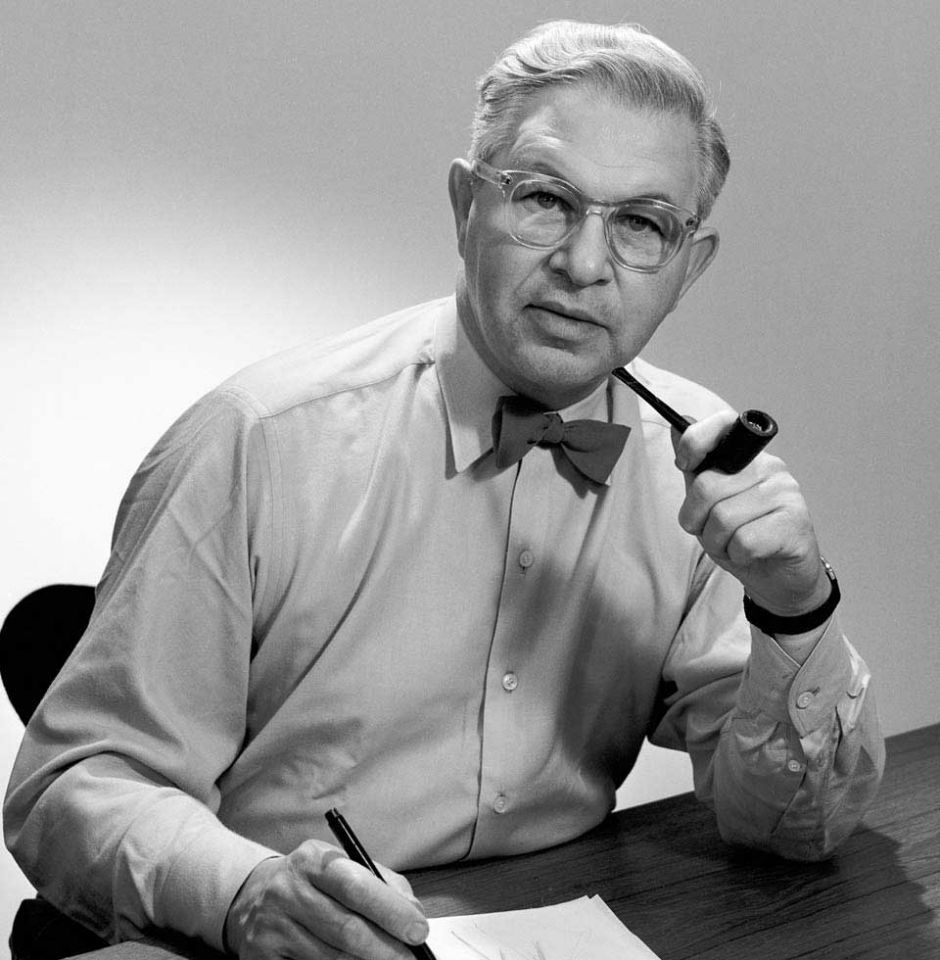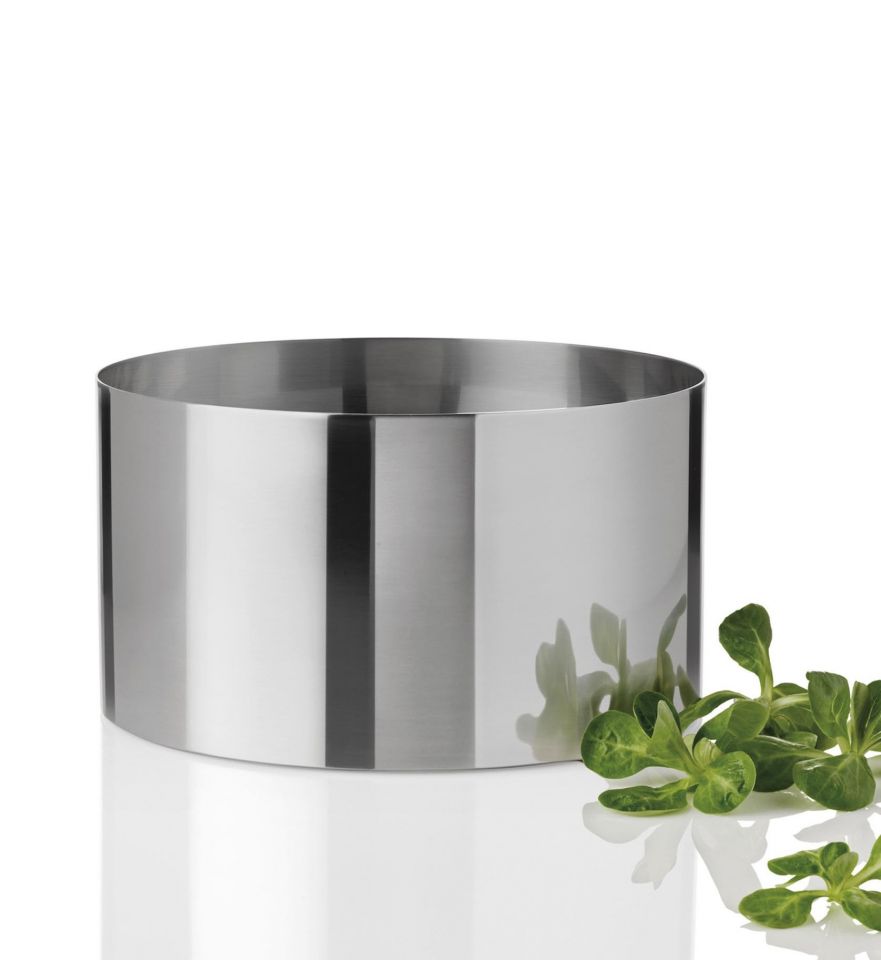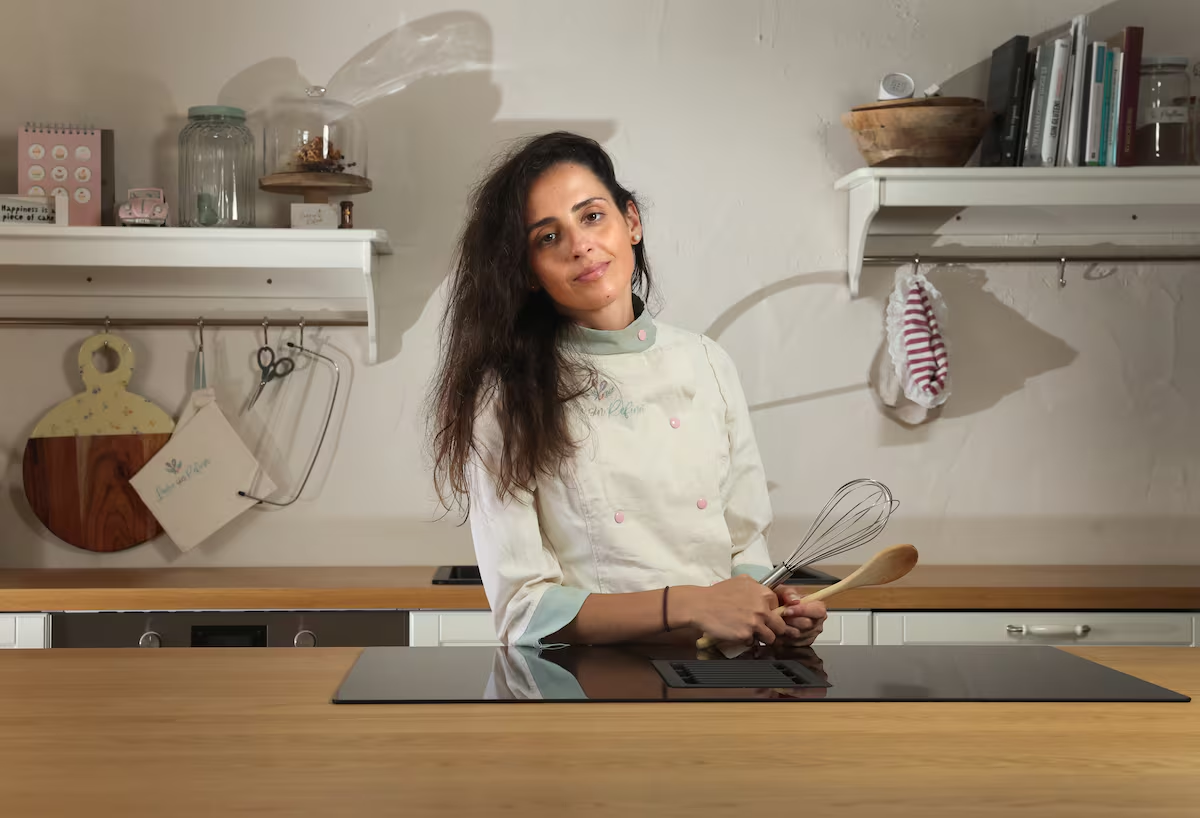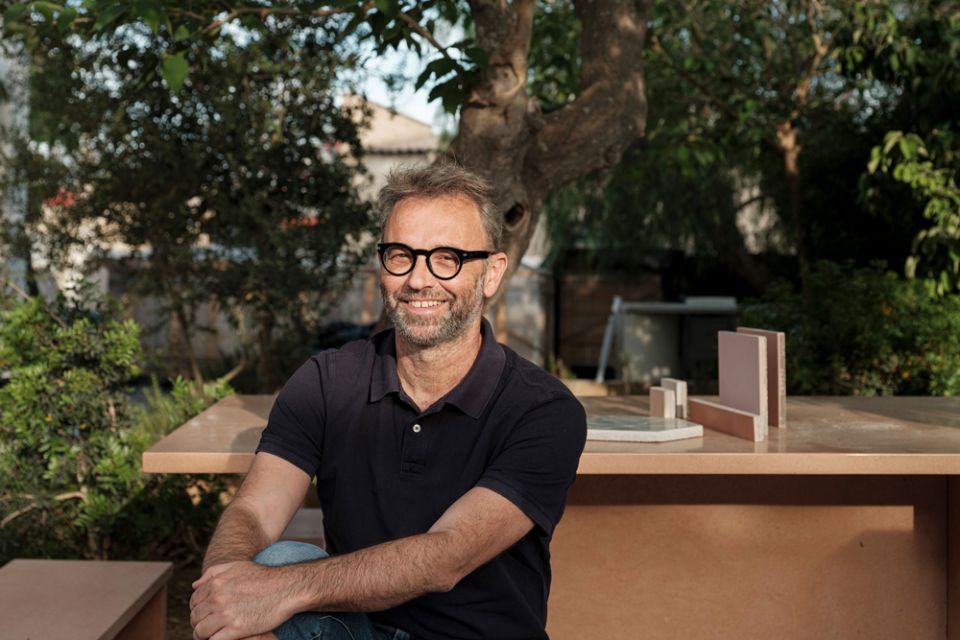Stelton
Stelton products have won the "ID-prisen" design award in Denmark three times, among others, and many are on display at the Museum of Modern Art (MoMA) and the Cooper-Hewit Museum in New York; Philadelphia Museum of Art; Victoria & Albert Museum and British Museum in London; Staatliches Museum für angewandte Kunst in Munich; and Kunstindustrimuseet in Kobenhavn.
One fine day, Stellan and Carton met in the army, and their ideas and tastes were so similar that they decided to put their names together to create one of Denmark's, I mean the world's, best-known home design brands. That was 50 years ago. First they tried it with sports shoes, then with furniture... Until they heard about a small stainless steel factory in Fårevejle, Denmark.

They came to the right place at the right time, because in the 1960s, stainless steel products were all the rage. Their first product was a gravy boat that sold like hot cakes, in Denmark and abroad, as in the United States, stainless steel products were the most popular. Stelton were synonymous with Danish design and were sold ten times more expensive than in their country of origin in luxury shops and designer shops.

But the sky was the limit for Peter HolmbladThe CEO, who knew that the success and consolidation of the brand in the face of so much competition was dependent on producing new designs.

She didn't think twice about it and turned to her stepfather, the famous architect and designer Arne Jacobsen.

He had to insist a little, but it was well worth it, as the result of this collaboration was the collection Cylinda-LineThe culprit that turned Stelton into a legend when it was released in 1967.

Four years later, Jacobsen died and began a collaboration with the young designer and ceramicist Erik Magnussen.

His first design for Stelton was a stainless steel thermos with a unique tilting lid, launched in 1977.
The thermos flask is, to this day, the best-selling product (10 million units).

But there are many more to follow: teapots, salad bowls, trays, cutlery, sugar bowls, cooking pots, milk churns...


In 2004 Stelton changed hands, modernising and including new shapes and finishes in its catalogue thanks to collaborations with young and established designers such as Paul Smith.






